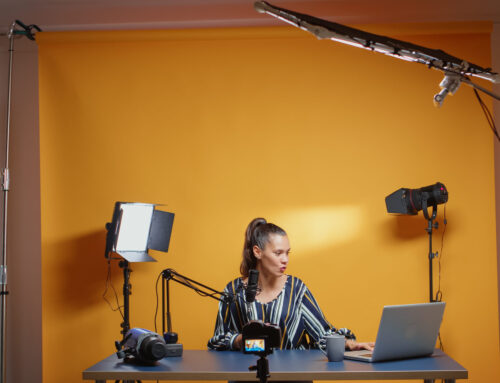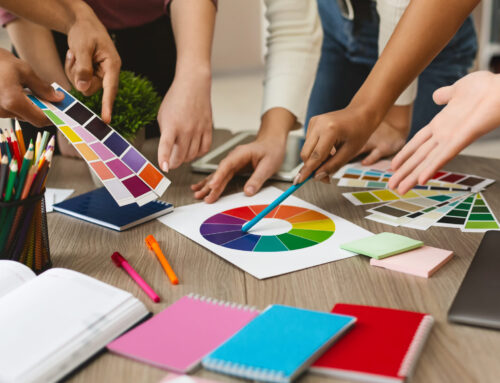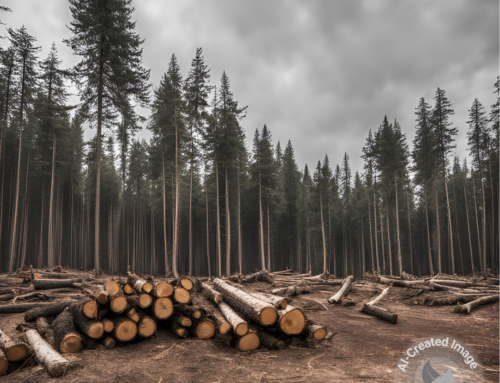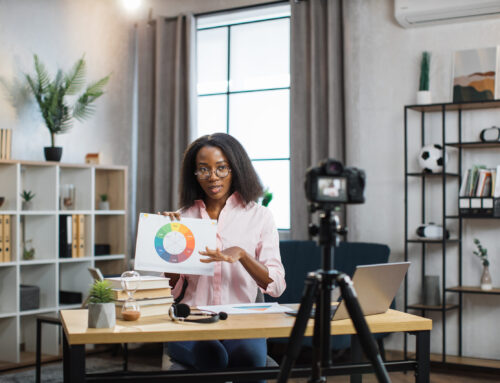You know you need great photography. But for whatever reason, you don’t have it in-house. Maybe you don’t have the skills or access to a professional. Or maybe you can’t photograph the real people you work with for whatever reason (privacy and safety being the main ones in the nonprofit world).
So, you turn to stock photography . . . and find nothing that looks authentic. Or maybe it looks OK, but represents a very slim segment of the people you are communicating to and about.
Where does a busy nonprofit communicator get real and representative stock photography of people for free or at least reasonable fees?
I asked Nonprofit Marketing Guide contributor Antionette Kerr to tackle this problem for us and here’s what she found.
~Kivi
Let’s face it, traditional stock photography sites are filled with young, thin, light-ish, finely chiseled, gender nuanced, and able-bodied people WHO LOOK NOTHING LIKE US.
After a lack of diversity and complaints, thankfully the stock industry is changing.
You might need to change your approach to stock photography too.
Here are a few reasons why…
- Images are often connected with inclusion. They welcome folx, and the “same old” stock further invisiblizes communities.
- There are some free and low-cost stock photography tools out there so organizations can’t hide behind the budget. Prices often vary based on image, size and intended use. The sites mentioned in this blog provide images AND will educate you in the process.
- Most of us are guilty of overly used stock photography like the “classic handshake.” It’s quick. It’s easy. It also screams EXCLUSION. How many times have you seen that on a website? Let’s face it, a lot of orgs are using the same tired stock photography sources.

uninviting like overly-used stock photography.
- Staff, clients, volunteers, and donors want to see themselves reflected in your communications. Look around. Do your stock images really look like the people coming through the doors? For example, according to Refinery29’s campaign to change media images, more than 67 percent of women in the U.S. are size 14 and up yet those women make up less than 2 percent of the images in media consumed by a female audience.
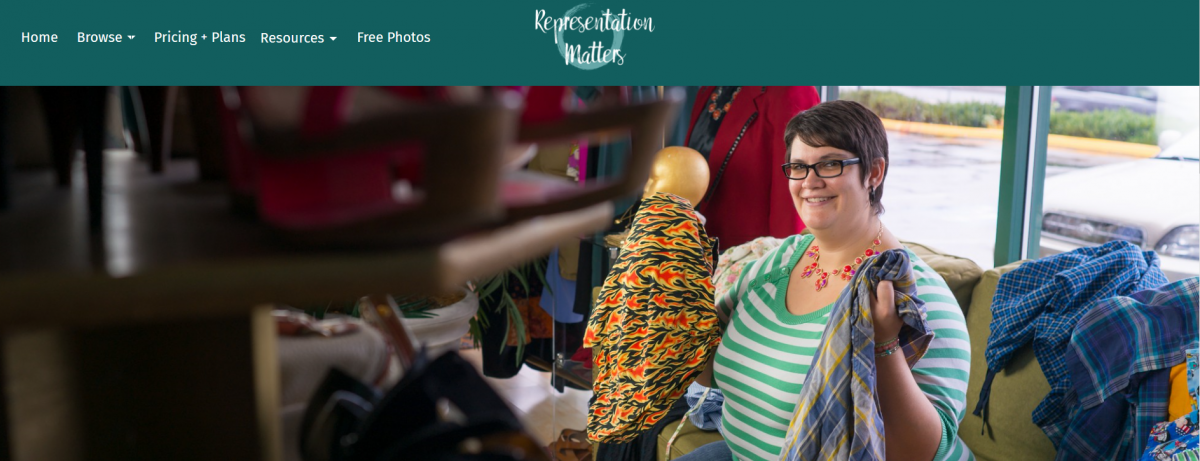
So, here’s a quick list that will help you do things differently:
1: Photoability.net – provides photo options at reasonable prices including $14 based on the intended use. Let’s first start by recognizing that people with disabilities are often left out of diversity, inclusion and equity conversations. Most organizations that don’t have ableism, ability or disability in the mission don’t bother to show images of people with different abilities and that’s the problem.
According to a study published by the Centers for Disease Control, one out of every five adults has a disability. That’s 53 million! So why is it so hard to find stock photography that doesn’t come with a hefty price? Disability Images charges from $50 and goes up to over $450 based on resolution size unless you purchase subscriptions. Unfortunately, there aren’t a lot of free (high quality) alternatives for images. But I can say that having this extensive list of image options is quite impressive.
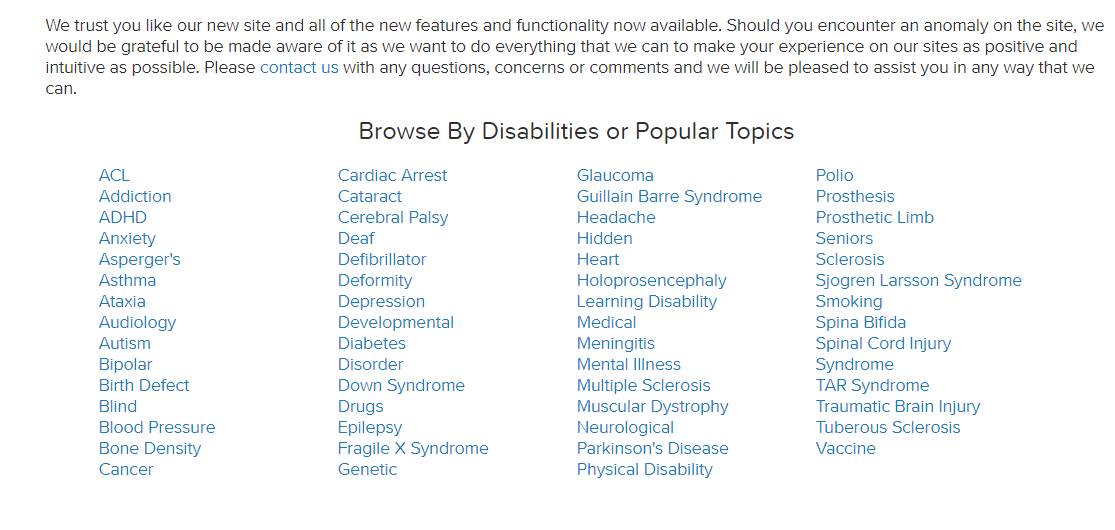
2. CreateHER – Neosha Gardner was frustrated with being unable to find stock images of Black women. Gardner told Forbes Magazine, “The ones that were available were either outdated, lacked ‘style,’ and screamed cliché or stereotypical. I wanted to change that.”
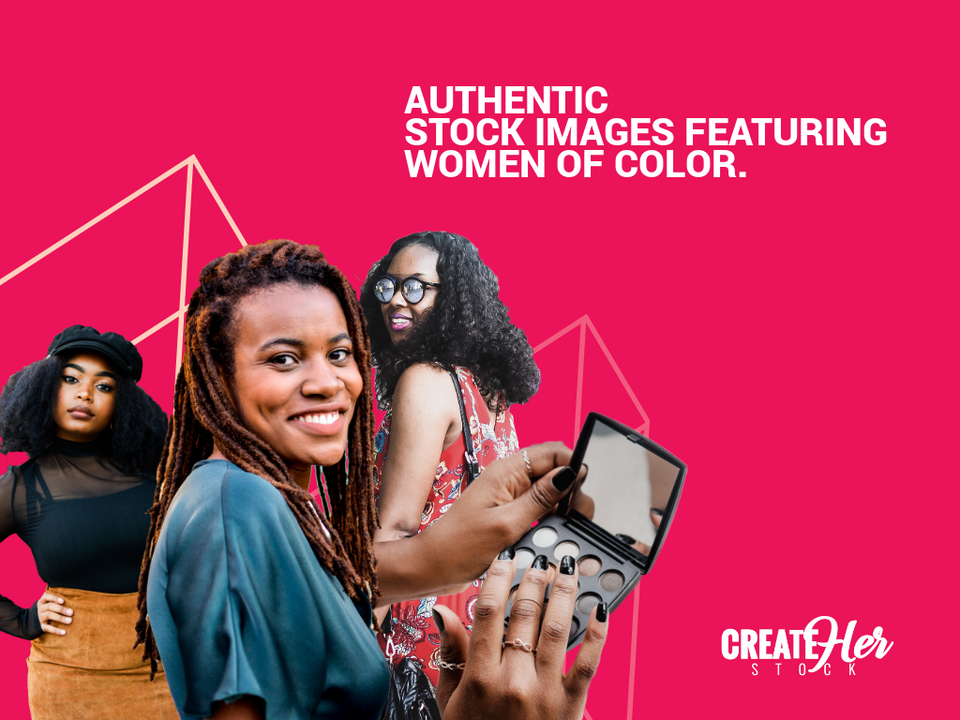
Neosha describes CreateHER as “a grassroots resource and digital ‘pantry’ for stock imagery that can be used for lifestyle, business, and everyday content creation for bloggers, creatives, and online influencers.”
Pricing currently includes an access pass in which users can opt to have access to over 200 photos via the platform or direct email. Additional plans include pricing for individual images and bulk pricing. The good news is that they also have some freebies that currently include more than 180 images.
More good news. The CreateHER licensing agreement is generous for noncommercial use and written in plain English!
3. Nappy.co – Specializes in free high-resolution photos of black and brown people. Categories include: Active, Food, People, Places and Work. Many of the images appear to be international communities of color.
One of my favorite aspects (other than the melanin poppin’ photos) is its chill licensing language.
“All photos posted on nappy are licensed under the Creative Commons Zero (CC0) license so feel free to do your thing. That means you can download these photos, modify them, share them, distribute them, or use them for whatever you want for free. In fact, we encourage it. The more you use them, the more we’re helping improve the representation of black and brown people in media.”
Expect some people to be bothered by the name but they don’t require that you use it. Photo by @username from nappy.co (replace @username with the photographer’s username found on the photo page).
Nappy does have rules: “You should refrain from reselling these photos, re-posting on other stock photo website/services, or using these photos to degrade or insult its subjects.”
4. The Gender Spectrum Collection by Broadly – A stock photo library featuring free images of trans and non-binary folk. I discovered this site from Claire Cain Miller’s New York Times piece “What Being Transgender Looks Like, According to Stock Photography.” Transgender people are appearing more often in advertisements and mass media. But when they do, it’s very often in stock photos that show them standing against a blank wall, or else they are hardly seen at all. The most used stock photos are close-ups of their hands holding the symbol for transgender pride, without their faces or other defining features visible.”
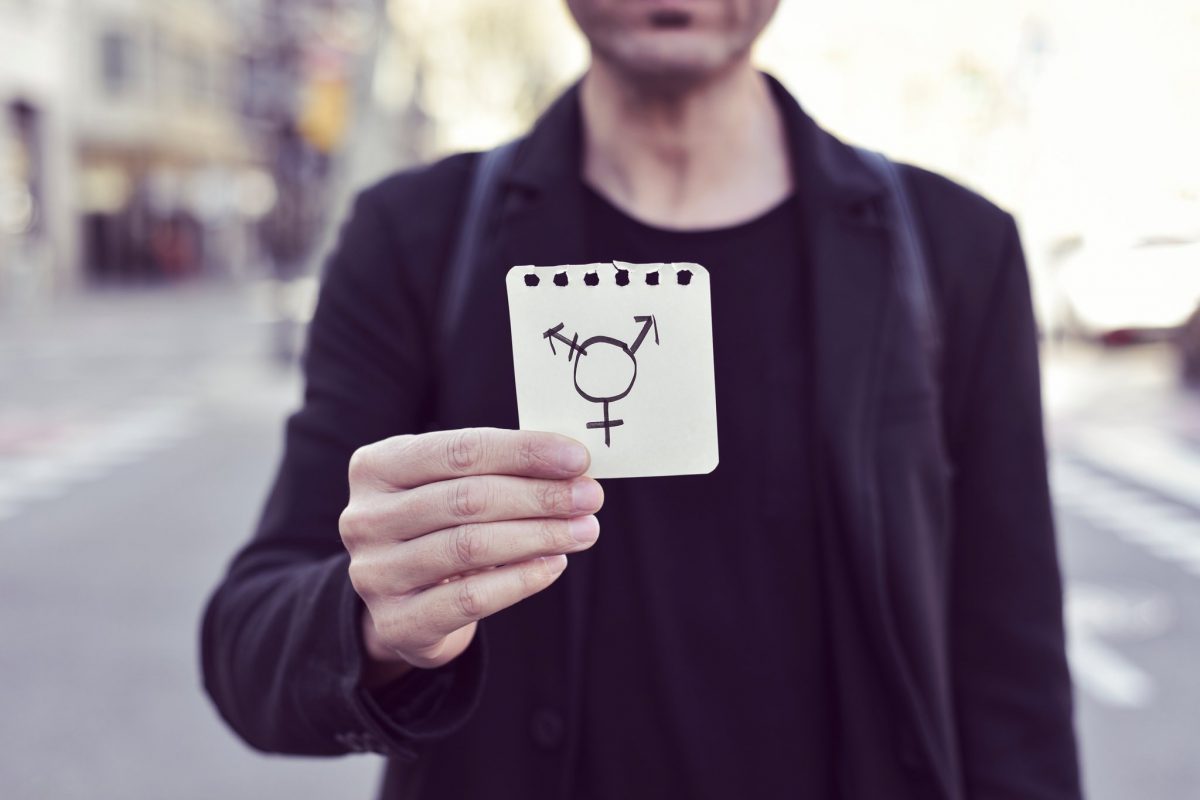
This collection includes people with careers, relationships, passions, and at home FACE FORWARD all of their glory. *Side Note: We don’t have to wait for Pride Month to share images of people that appear Gender non-binary or LBTQIA+.
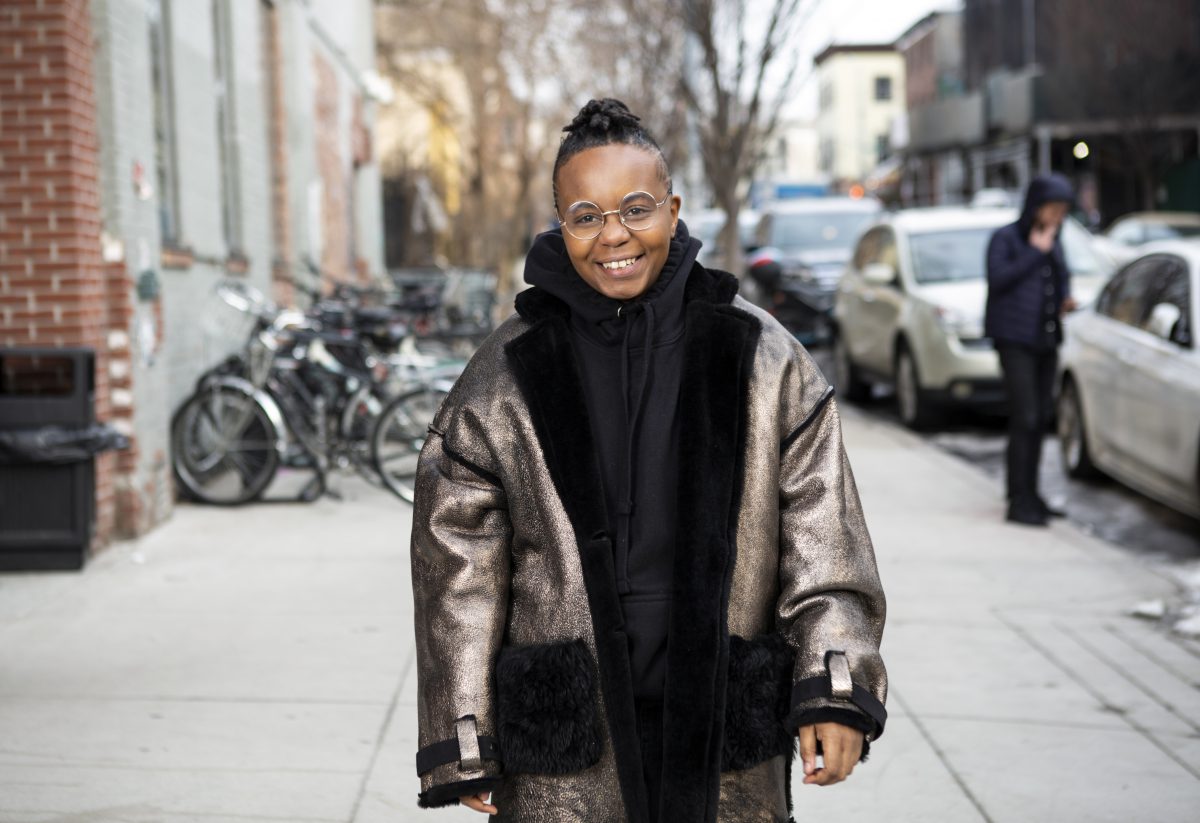
The photo attributions populated automatically after I downloaded my free images and the usage guidelines provided a mini moment of training.
“Limiting visual representations of trans and non-binary people in media also limits the range of stories in which we imagine those subjects. With this collection, we hope to encourage richer representations of trans and non-binary personhood within society’s most important mode of public communication, visually and editorially.” The Gender Spectrum Collection
5. Representation Matters – Focuses on filling media with stock photography with “dizzying” diversity and inclusion, including disability, age, and body images. Its collections include the categories: Health at Every Size, Diet Recovery and All Men From Different Walks of Life.

Prices range from $10 to $200 per photo credits. A monthly subscription from $10 to $188, or individual high-resolution downloads ranging from $5 to $50. Like most other sites, it also has freebies.
6. INSERT YOUR ORG – Still can’t find images that fully represent your peeps? You can start sharing your collection. Most sites listed welcome your contributions to their collections. Grab your camera. Make it a goal for your nonprofit. Have fun changing the stock photography media landscape.
OR
Be like Rebecca Alexander who started her own stock photography movement.
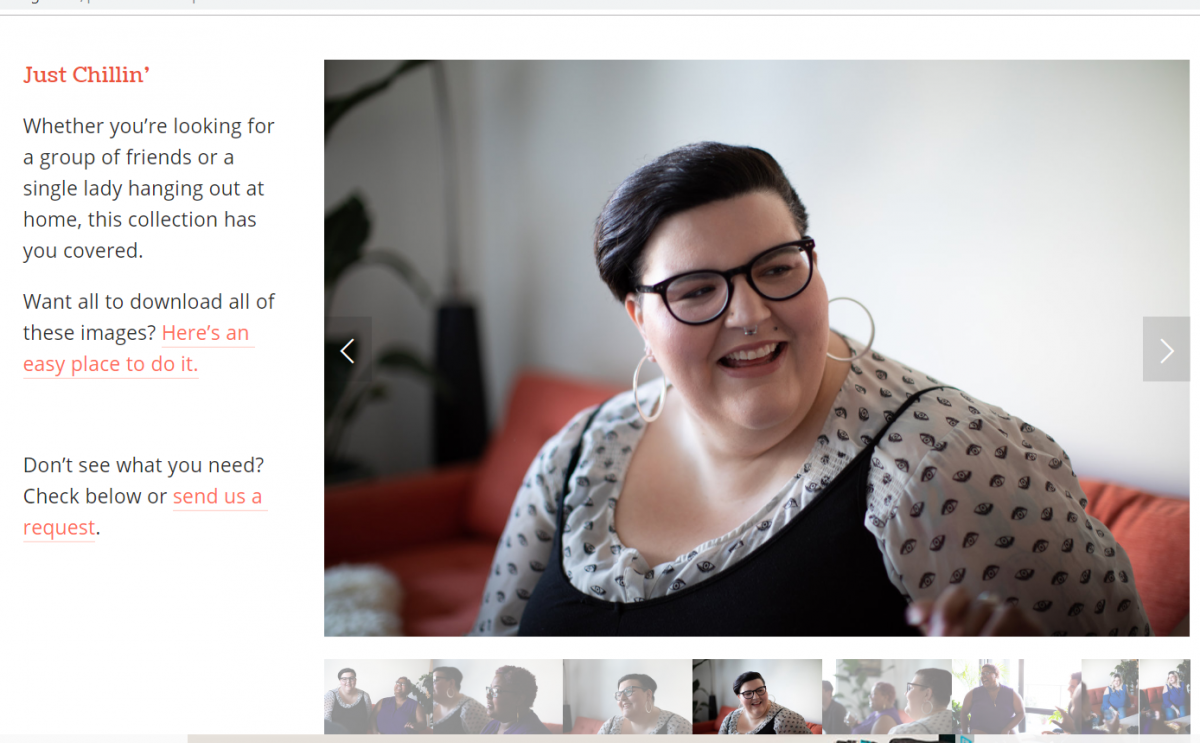
The Portland-based founder of AllGo (an app that helps folx who identify as plus-size find restaurants with comfortable seating) couldn’t find acceptable images for work and created a free photo stock library with a local photographer.
When it comes to stock photography, let’s “Be the change we want to see in the world.”

